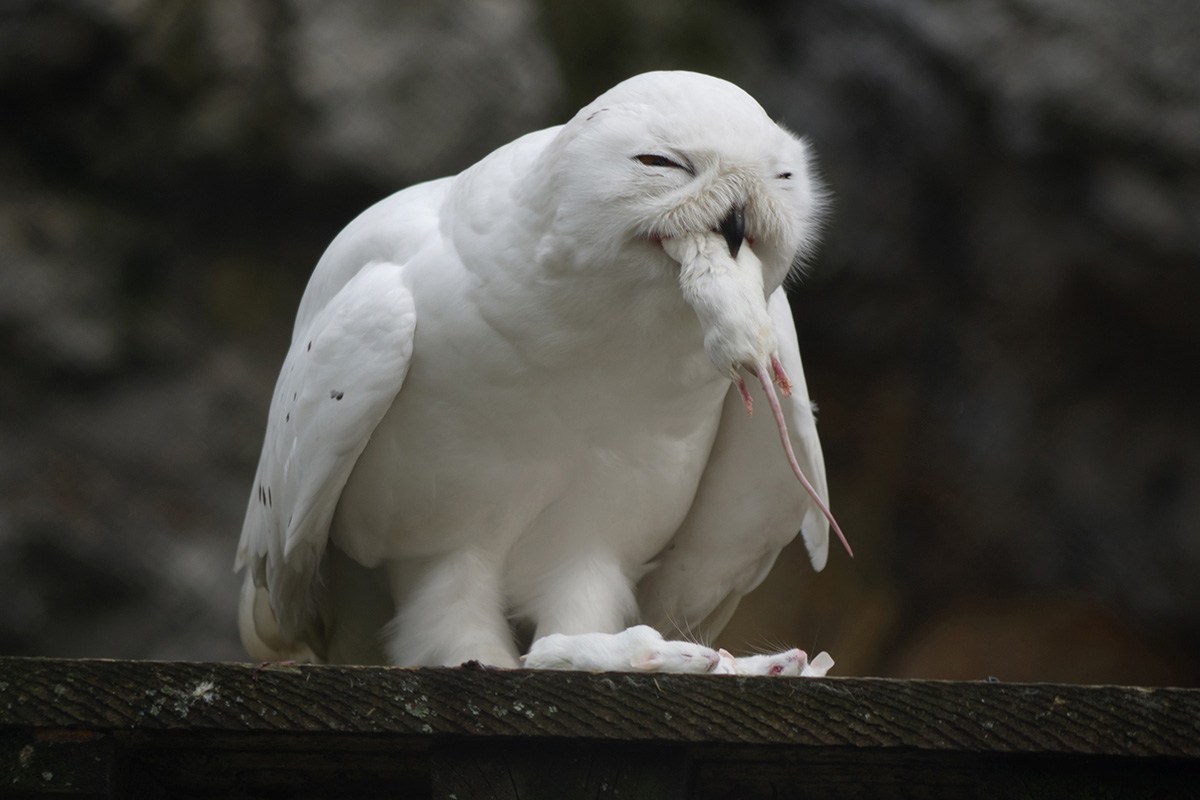Whooo Knew? 10 Superb Facts About Owls
Bonus round

If you want even more owl facts, check out these five extras:
-Owls have asymmetrical ears, and each ear can detect slightly different frequencies, according to ornithologist David Sibley. Owls "use the differences in the timing and pitch of sounds reaching each ear" to pinpoint prey, Sibley wrote in "Sibley's Owls of North America" (Steven m Lewers & Assoc; Lam Crds edition, 2009).
-Female owls tend to be larger than male owls. This feature may discourage male owls from competing against each other for female owls, Salvez wrote. Or perhaps males are smaller because it helps them fly faster and be more agile hunters, abilities that help males provide for their mates and chicks, Salvez wrote.
-Owls don't lay their eggs all at once, meaning that owl eggs hatch at different times, a feature known as asynchronous hatching. This strategy may ensure that some chicks survive even if there is a period when food is scarce, Salvez wrote. It may also encourage "obligate siblicide," when older chicks eat younger chicks during times of stress or starvation, she wrote.
-Owls have tubular, telescope-like eyes that are packed with rod cells that perceive black and white. Owls also have a tapetum lucidum, which reflects visible light back onto the retina, helping the animals see at night.
-Owls tend to eat prey headfirst. This helps the birds capture and munch on the protein-filled brain, Salvez wrote.
Sign up for the Live Science daily newsletter now
Get the world’s most fascinating discoveries delivered straight to your inbox.

Laura is the archaeology and Life's Little Mysteries editor at Live Science. She also reports on general science, including paleontology. Her work has appeared in The New York Times, Scholastic, Popular Science and Spectrum, a site on autism research. She has won multiple awards from the Society of Professional Journalists and the Washington Newspaper Publishers Association for her reporting at a weekly newspaper near Seattle. Laura holds a bachelor's degree in English literature and psychology from Washington University in St. Louis and a master's degree in science writing from NYU.










